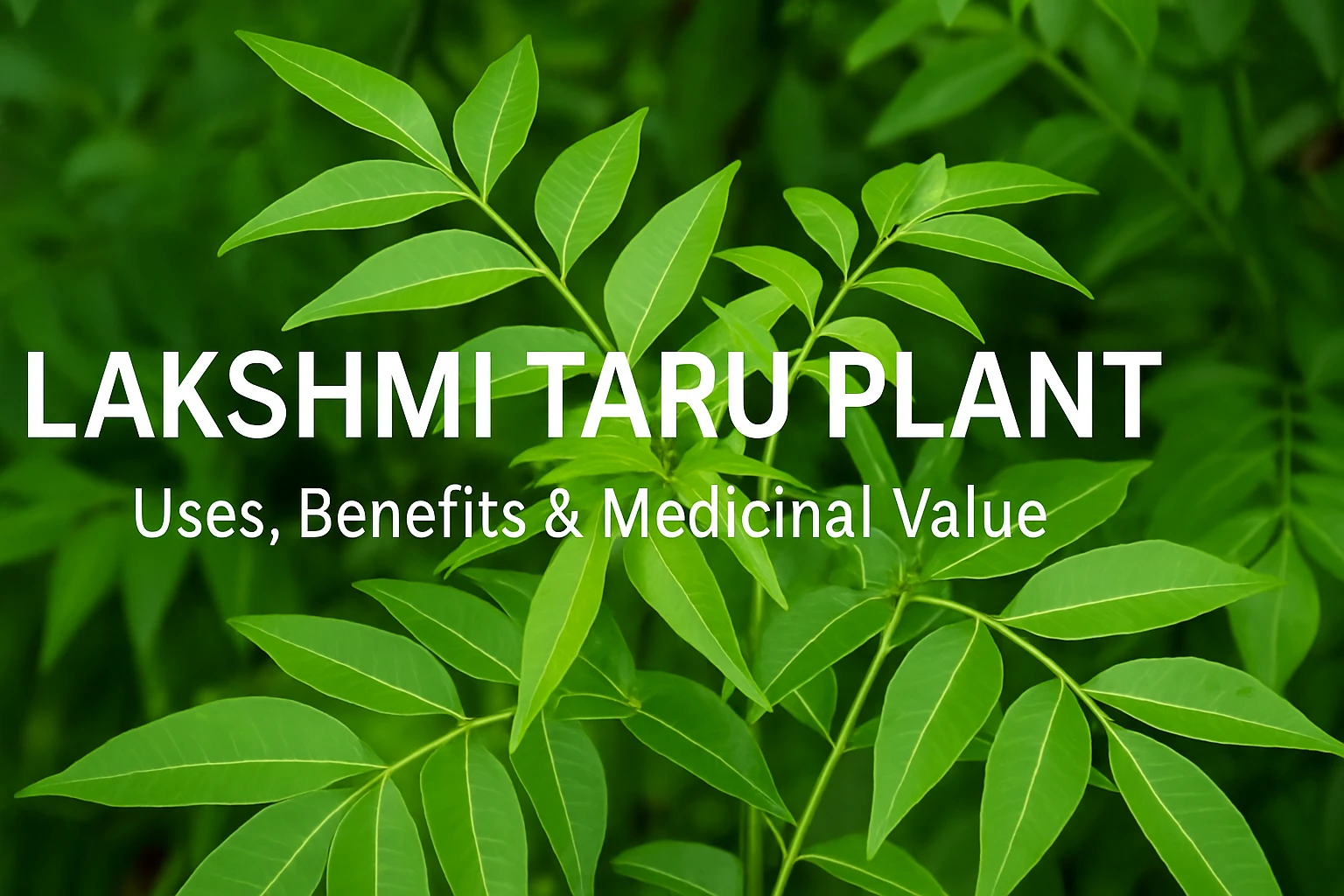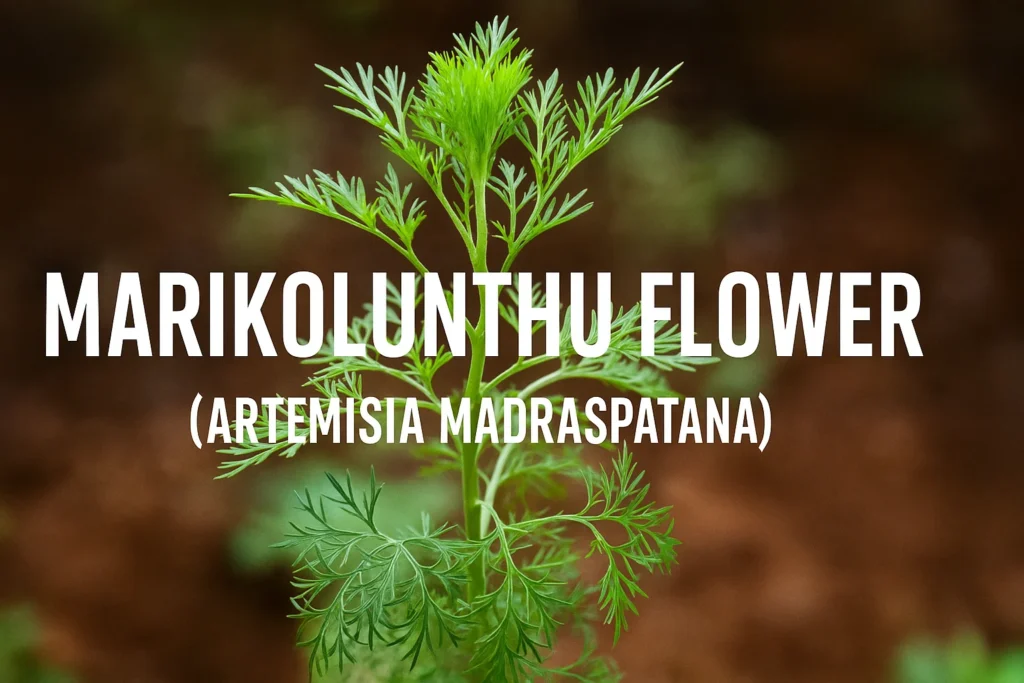Have you ever stumbled upon a plant that doesn’t just look beautiful but has powerful healing properties too? That’s exactly what the Lakshmi Taru plant is. Known for its rich medicinal value, this lesser-known tree is gaining attention for all the right reasons. Whether you’re a nature lover, a home gardener, or someone who’s leaning into natural remedies, this plant is something worth learning about.
Let’s walk through its background, uses, benefits, and why people across the country are adding this plant to their gardens.
What is the Lakshmi Taru Plant?
First, let’s get familiar with this nature’s gift. The Lakshmi Taru plant, also known scientifically as Simarouba glauca, is a tropical tree native to Central America and parts of India. It is often called the “Paradise Tree” due to its multi-functional value. You’ll usually spot it in warm climates, thriving in both garden spaces and wild terrains.
Unlike decorative plants such as the Jade Plant or Monstera Adansonii, this one is prized not for its looks, but for its incredible medicinal benefits. The tree grows up to 15 meters tall, with bright green leaves and small, pretty flowers.
Lakshmi Taru Plant Uses You Should Know
This plant is more than just a leafy green in your backyard—it’s packed with purpose. There are several Lakshmi Taru plant uses that traditional healers and modern naturalists swear by. Almost every part of the tree—bark, leaves, seeds, and oil—has been utilized in some form or another. Some of the popular uses include:
- Oil extraction from seeds: The seed oil is used for cooking in some regions and is also added to soaps and skincare products.
- Pest control: The leaves are known to deter insects and pests naturally, just like the Marikolunthu Plant is used as a mosquito repellent.
- Soil healing: It enriches the soil and is often planted in barren lands to bring back fertility.
Not many trees offer both medicinal and ecological benefits in one package like the plant Lakshmi Taru.
Unveiling the Medicinal Value of Lakshmi Taru Plant

Let’s dig deeper into its healing side. One of the biggest reasons this plant is gaining popularity is because of its medicinal value. Traditional medicine systems, especially Ayurveda, have used parts of the Lakshmi Taru plant to address multiple health issues. Here’s how:
- Anti-cancer potential: Several studies suggest that compounds in the leaves and bark may have anti-tumor effects. Though research is still ongoing, it’s a promising natural support tool.
- Diabetes management: The leaves are believed to help in regulating blood sugar levels, making them valuable for diabetic patients.
- Liver detox: The bark is often used in decoctions to support liver function and flush out toxins.
If you’re already into herbal treatments using Curcuma Caesia or similar plants, this one’s a great addition to your natural wellness arsenal.
Top Lakshmi Taru Plant Benefits for Daily Life
You don’t have to be a herbalist to enjoy the benefits of this plant. What makes the Lakshmi Taru plant benefits truly special is their range. Here are some ways this plant supports overall well-being:
1. Boosts Immunity
Its bioactive compounds help strengthen your immune system naturally. A simple tea made from its leaves can work wonders.
2. Supports Skin Health
With antimicrobial and antifungal properties, it’s a great natural remedy for treating minor skin issues and infections—something most synthetic products can’t promise.
3. Aids in Digestive Health
The bark is often used to treat indigestion and cleanse the gut. Combined with a clean diet, this can bring noticeable changes in gut health.
4. Reduces Inflammation
Like many other medicinal herbs, it helps soothe inflammation and can be useful for those suffering from joint pain or chronic inflammatory conditions.
Just like the Gulmohar Plant adds vibrance to your garden, the Lakshmi Taru plant brings vibrance to your health.
How to Grow and Care for a Lakshmi Taru Plant
It’s not just about having the plant, it’s about nurturing it right. Thinking of bringing this medicinal powerhouse into your garden? Good call. Here’s how to take care of it:
- Sunlight: Loves full sunlight. Plant it where it gets at least 6–8 hours daily.
- Watering: It doesn’t need frequent watering. Twice a week is good enough in regular weather.
- Soil: Grows best in well-drained, slightly sandy soil. It’s not picky but hates waterlogging.
- Fertilizer: Use organic compost once a month. That’s enough to keep it thriving.
While it’s not as compact as the Lakshmi Kamal Plant, the plant Lakshmi Taru is perfect for spacious gardens or backyards. Pair it with Invisible Grill installations to keep your greenery safe without compromising the view.
Things to Keep in Mind While Using It Medicinally
Nature can heal, but it must be used responsibly. Although there are plenty of Lakshmi Taru plant benefits, it’s important to note that excessive or improper use can lead to side effects. Always consult an Ayurvedic practitioner or healthcare provider before starting any home remedy involving this plant.
Also, if you’re using leaves or bark from the tree, make sure they’re clean and free from pesticides or pollutants. Safety first—always.
Final Thoughts
The Lakshmi Taru plant is truly a blessing in botanical form. It offers a holistic combination of environmental, medicinal, and practical uses. Whether you’re into home remedies, sustainable gardening, or simply looking to expand your herbal knowledge, this plant deserves a spot on your list.
Nature has always had the answers—we just need to look a little closer.













